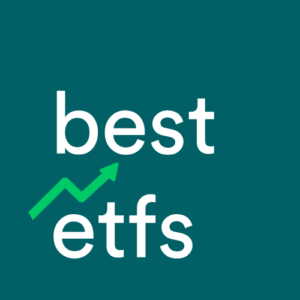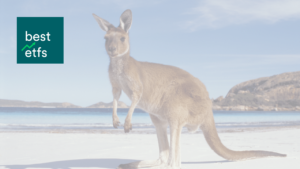The Russell Investments High Dividend Australian Shares ETF (ASX: RDV) and Montaka Montaka Global Extension Fund (ASX: MKAX) are Exchange-Traded Funds (ETFs) operating in the Australian shares and International shares sectors, respectively.
How would an investor add RDV to a portfolio?
The Russell Investments RDV ETF invests in a diversified portfolio of high-yielding ‘blue chip’ Australian companies. This ETF tracks this Russell Australia High Dividend Index.
According to our most recent data, the RDV ETF had $262.28 million of money invested. With RDV’s total funds under management (FUM) figure over $100 million, the ETF meets our team’s minimum investment criteria for FUM levels. As a general rule, our team draws the line at $100 million for ETFs in the Australian shares sector because we believe that, relative to smaller ETFs, achieving this amount of FUM lowers the chance that the ETF issuer will close the ETF.
Fees to consider
According to our numbers, the annual management fee on the RDV ETF is 0.34%. The issuer, Russell Investments, collects this fee automatically.
Meaning, if you invested $2,000 in the RDV ETF for a full year you could expect to pay management fees of around $6.80. This fee is different from the fee you pay to your brokerage provider (e.g. CommSec, NabTrade, SelfWealth, etc.), which is the fee to buy or sell the ETF. In addition to a management fee charged by the issuer, be mindful to check the ‘spread‘ for the ETF.
A fee comparison
Fees aren’t the only key consideration for ETF investors, but it’s an easy thing to do. To understand if the ETF you’re looking at is too costly, compare it with other ETFs from the same sector, and against the industry average. For example, the average management fee (MER) across all of the ETFs covered by the Best ETFs Australia team was 0.5%, which is $10.00 per $2,000 invested. Keep in mind that small changes in the fees paid can make a big difference after 10 or 20 years. You should read the RDV Product Disclosure Statement (PDS), available on the ETF issuer’s website, because it will detail the fees, tax implications and the latest information.
The RDV ETF could be one to add to your watchlist. If you want to access our full ETF review, click here to get our full report – it’s totally free.
Getting to know the MKAX ETF
The Montaka Global Extension fund is a listed managed fund which aims to offer investors exposure to long-term structural winning companies in attractive industries. Typically, the MKAX fund aims to hold 15 to 30 long positions in companies which are medium to large cap, together with 10-40 stock-specific short positions.
With our numbers for Dec 2020, MKAX’s FUM stood at $39.22 million. Given it has less than $100 million invested, ask yourself (or your adviser) if the ETF is still too small (and if you should wait to buy into it). If you’re concerned the ETF might not be established enough, compare it alongside one of the other Active ETF (e.g. ETMF) sector ETFs, using our full list of ETFs.
Are the fees for the MKAX ETF bad?
Montaka, the ETF issuer, charges a yearly management fee of 1.25% for the MKAX ETF. Meaning, if you invested $2,000 for a full 12-month period you could expect to pay a base management fee of around $25.00.
The management fee is above the average for all ETFs on our list of ASX ETFs, but keep in mind the ETF may be able to justify the higher price tag with superior performance over time.
Picking over ETFs seems too easy to be true: ‘just pick one and put it in your bottom-drawer’. However, it’s important to get it right the first time so that you won’t end up having to chop-and-change positions (and potentially pay extra tax). To make your life a little easier, if you’re looking at the MKAX ETF, make sure you click here to access our analyst’s investment report. It’s free.
[ls_content_block id=”4954″ para=”paragraphs”]




